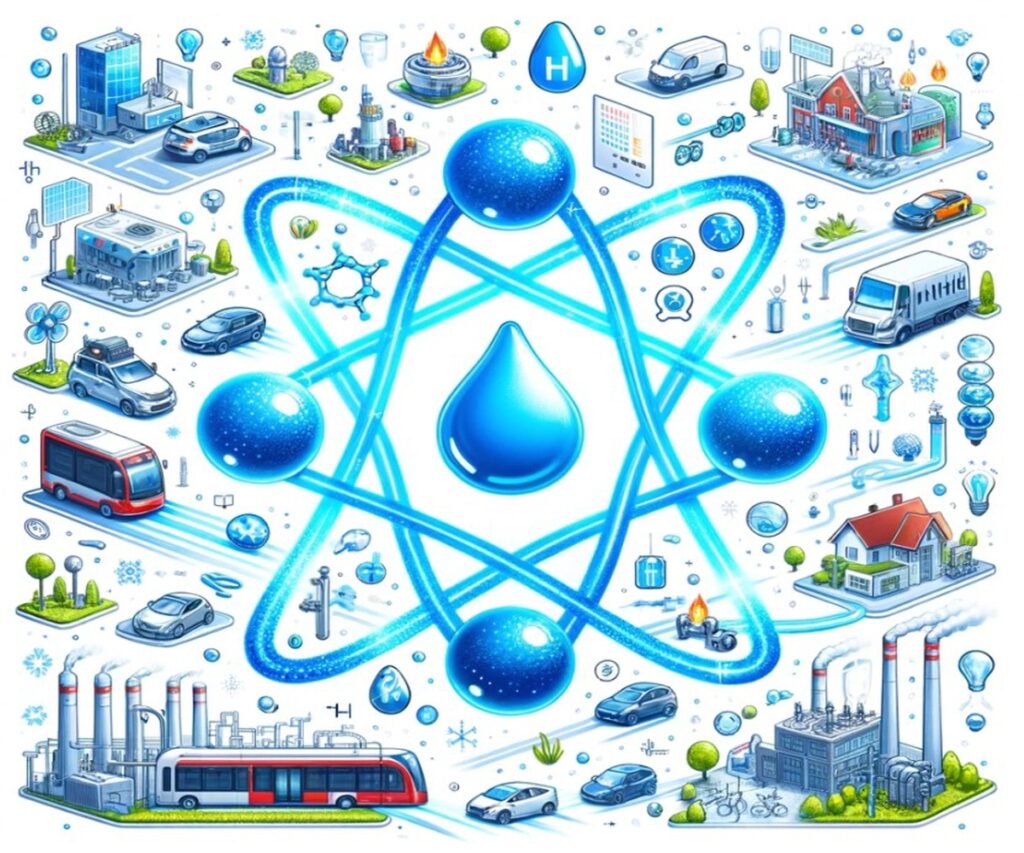Introduction – Artificial Neural Network

In this video, we would like to delve into the transformative impact that Artificial Neural Networks (ANN) are having on the manufacturing industry. The manufacturing sector is undergoing rapid and significant changes, evolving into a smarter, more efficient system largely due to advancements in machine learning (ML) technologies. This evolution is revolutionizing how products are designed, produced, and distributed, leading to enhanced productivity, reduced costs, and the ability to create more innovative products.
Machine learning, at its core, represents one of the most advanced and transformative technologies of our time. It is fundamentally reshaping the way we interact with data, systems, and decision-making processes across various industries. At its essence, machine learning is a sophisticated branch of artificial intelligence that empowers systems to automate predictions and decisions by analyzing vast amounts of data. Unlike traditional programming, where explicit instructions are given to a system to perform specific tasks, machine learning enables these systems to learn and adapt autonomously. This means that instead of being manually programmed to perform a particular function, the system is fed large datasets, from which it can independently discern patterns, correlations, and insights.
The process begins with feeding the machine learning model a substantial amount of data, which it processes and analyzes to identify underlying patterns. These patterns are not always immediately apparent to human analysts due to the complexity or sheer volume of the data. However, machine learning models excel at this type of analysis, as they can sift through massive datasets with remarkable speed and accuracy, identifying even the most subtle relationships within the data. This ability to uncover hidden patterns is what makes machine learning so powerful and versatile. Once these patterns are recognized, the system can use this information to make informed predictions or decisions about new, unseen data.
For example, in the context of manufacturing, machine learning models can analyze historical production data to predict future equipment failures, optimize production schedules, or even customize products according to individual customer preferences. What’s truly remarkable is that these systems don’t just make a one-time prediction or decision; they continuously learn and evolve. As they are exposed to more data over time, they refine their models, improving their accuracy and performance without requiring additional programming or human intervention. This continuous learning process allows machine learning models to adapt to new data, changing conditions, or unforeseen challenges, making them incredibly resilient and adaptive.
Among the various types of machine learning algorithms, Artificial Neural Network stand out as particularly powerful and influential. ANN are inspired by the structure and functioning of the human brain, consisting of layers of interconnected nodes, or “neurons,” that work together to process information. This architecture allows Artificial Neural Network to handle complex tasks such as image and speech recognition, natural language processing, and predictive analytics with unparalleled precision. Each neuron in the network receives input, processes it, and passes the output to the next layer, with each layer refining the results further. This hierarchical processing capability enables Artificial Neural Network to tackle highly complex and non-linear problems that would be challenging for traditional algorithms.
Moreover, the power of artificial neural networks lies in their ability to generalize from the data they are trained on. They can recognize patterns and make predictions even when the input data varies from the data they were initially trained on. This generalization capability is particularly valuable in dynamic environments like manufacturing, where conditions can change rapidly. Artificial Neural Network can adapt to these changes, continuing to provide accurate and reliable predictions, which makes them indispensable tools in the ongoing evolution of smart, automated systems in the manufacturing industry. Through their continuous learning and adaptability, ANN are not just improving existing processes but are also enabling entirely new approaches to manufacturing, driving innovation and efficiency to levels previously thought unattainable.
These networks are designed to mimic the structure and function of the human brain, making them incredibly effective at solving complex and multifaceted problems. By processing vast amounts of data through interconnected layers of neurons, Artificial Neural Network can identify intricate patterns, optimize processes, and contribute to the development of more intelligent manufacturing systems. This innovation is driving the industry towards a future where manufacturing processes are not only faster and more reliable but also capable of adapting to new challenges with unprecedented agility.
Video
References
1. The Full Research Paper: Ördek, Baris, Yuri Borgianni, and Eric Coatanea. “Machine learning-supported manufacturing: a review and directions for future research.” Production & Manufacturing Research 12.1 (2024): 2326526.
https://doi.org/10.1080/21693277.2024.2326526
2. This content was produced with VEED
3. Sources
1) Dall-E
2) Youtube – Summer Somewhere In Cuba – Cumbia Deli
4. Sites
1) CMEC – https://cmec.co.kr
1) Naver Cafe – https://cafe.naver.com/zjqlwkd
2) Facebook – https://www.facebook.com/%ED%99%94%EA%B3%B5%EC%9E%AC%EB%A3%8C%EC%97%B0%EA%B5%AC%ED%9A%8C-104452611238819
4) Youtube – https://www.youtube.com/@CMEC_TV
※This report has been prepared for general information purposes, and you may freely quote or reproduce the contents of this report for non-commercial purposes as long as the source of the contents is indicated. If you need to make a decision or need more information, please consult with CHEMiFORGE or an expert.


